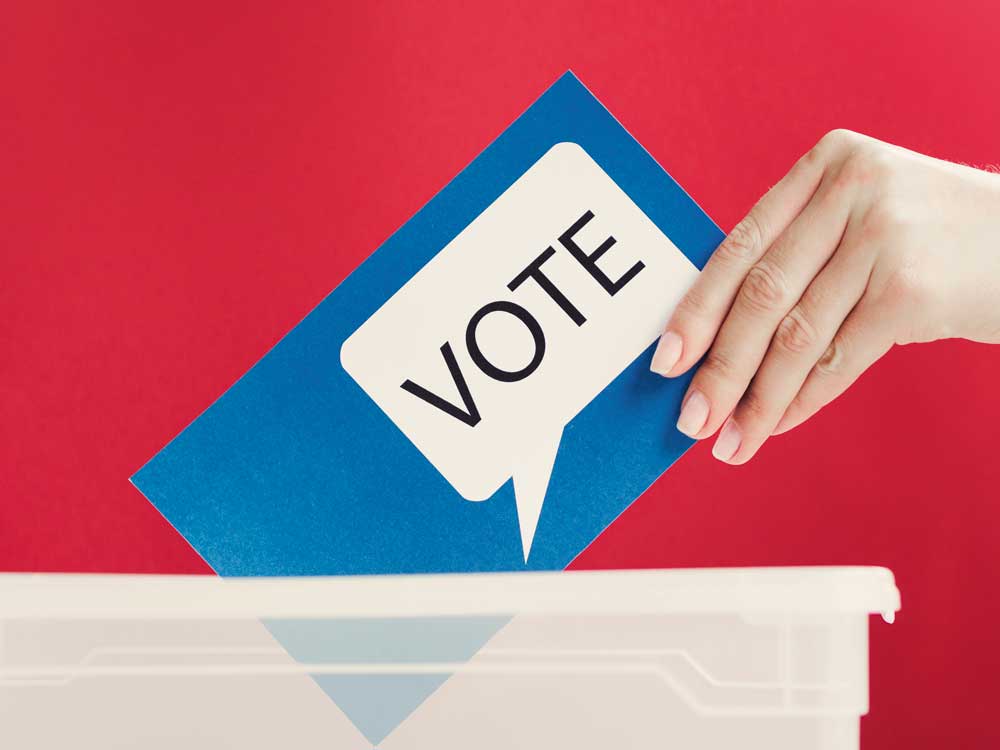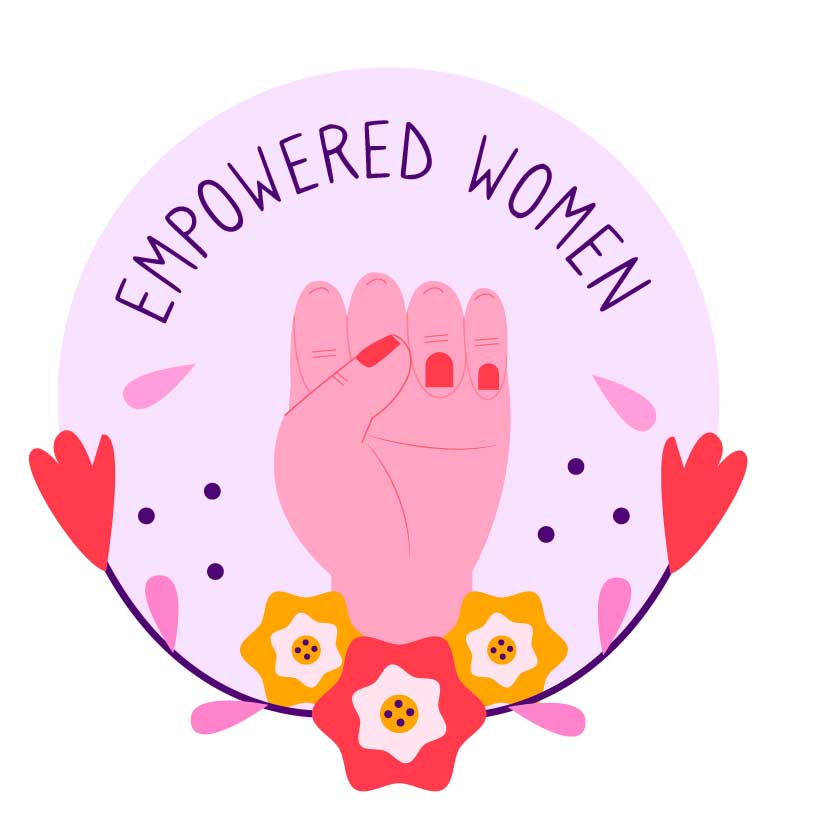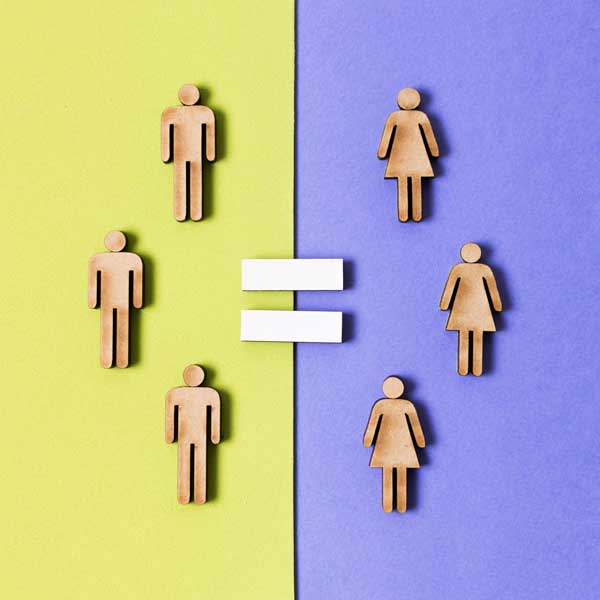Women’s long battle for Equality
History:
It was July 13, 1848, approximately after 70 years of American independence. A young housewife named Elizabeth Candy Stanton was having tea with the other four women. They started a conversation about the deleterious situation women were facing in society. Her friends agreed with her that despite the years of freedom, women did not get it’s pie in the freedom. From here on, they started a specific large-scale program. They called a convention and named it “a convention to discuss the social, civil, and religious condition and rights of women.“
 A “Declaration of Sentiment” is drafted in which various forms of unfair treatment are pointed out. This declaration stated the status quo for European-American women in 1848 America, while it was even worse for enslaved black women.
A “Declaration of Sentiment” is drafted in which various forms of unfair treatment are pointed out. This declaration stated the status quo for European-American women in 1848 America, while it was even worse for enslaved black women.
Eventually women secured right to franchise in the United State by the 19th Amendment to the Constitution in 1920. It finally granted women the right to vote in the United State.
Women’s equality day is celebrated to recognize these achievements particularly the 19th amendment changes, which became a specimen of a long drawn battle of women in achieving equality.
Since the rise of the women’s movement, women have registered themselves almost on all positions which were earlier dominated by men in the society. They have achieved success in every department. Women like Mary Shelly, Michel Obama, Mother Teresa, Angela Merkel, etc. stand proud for their achievements in women’s rights.
Margins to Mainstream: Indian Women’s struggle
|
Interesting fact about women right in India: We snatched women’s right to vote under the British Empire in (1921). Years after, the same right was given to women by the Britishers in their own country (1928). |
Post Independence: Women have been given special attention in the constitution and schemes right after independence. Various articles have been inserted to ensure the equality of women in the constitution.
- Article 14 embodies equality without discrimination between genders.
- Article 15(3) makes it possible for the state to create special provisions for protecting the interests of women.
Indian women have contributed to the overall development of society right from the struggle against Britishers till this day in various fields. They have adorned various high positions in the country.
-
- First women Prime Minister (Indira Gandhi ; 1966)
- First women to win Miss World (Reita Faria ; 1966)
- First women IPS (Kiran Bedi ; 1972)
- First women Astronaut (Kalpana Chawla ; 1997)
- First women Supreme court Judge (Justice M. Fatima Beevi ;1989)
- First women to win Olympic Medal; (Karnam Malleswari; 2000)
- First women President (Pratibha Patil ; 2007)
 In recent times, the continuous women topper in different exams has been very crucial in changing the decades-old mind towards women empowerment. The recent toppers in the prestigious exam, UPSC, where women dominated the top rank list, have set an example that women can efficiently enroll for various high posts.
In recent times, the continuous women topper in different exams has been very crucial in changing the decades-old mind towards women empowerment. The recent toppers in the prestigious exam, UPSC, where women dominated the top rank list, have set an example that women can efficiently enroll for various high posts.
Despite the constitutional rights guaranteed for women, which strengthened the status of women in Indian society, there still remain significant social, economic, and political challenges associated with women in India.
- Dual burden of work: Post-1990, the economic situation of women enhanced in India. They found employment outside their home. But the problem of handling double work emerged. Data indicates that women in urban areas spend five times more time on domestic work compared to men.
- Patriarchy: Patriarchy is the dominance of men over women economically, sexually, and culturally. It is still prevalent in Indian societies across cultures.
- Political Representations: The 73rd, 74th, Constitutional Amendment Act provided one third of seats reserved for women in various positions at local-level government and and 106th amendment aims to provide the same in Lok Sabha and State Legislatures. But concerns remain regarding incompetency, quota over merit, and tokenistic representation of women,remains unsolved.
- Safety Issues: The greatest issue is about the safety of work culture for women. Increased cases of violence against women discourage them from taking employment in the first place. (e.g, MeToo and Time’s Up movement).
Understanding the equality through Islamic lenses:
Islam only emphasizes piety (taqwa) as a means of superiority.
“So their Lord responded to them: “I will never deny any of you—male or female—the reward of your deeds. Both are equal in reward… (Quran 3:195).
 Islam emphasizes equality of both genders, and the sole basis of superiority of any person over another is based on piety and righteousness. Allah (SWT) addresses people with a gender-neutral language in the holy book Quran as “O mankind,” “O believer.”.
Islam emphasizes equality of both genders, and the sole basis of superiority of any person over another is based on piety and righteousness. Allah (SWT) addresses people with a gender-neutral language in the holy book Quran as “O mankind,” “O believer.”.
Islam emphasizes equality in religious matters, ethical obligations, rewards, education, and legal rights between the two genders. Men are not above women in getting the rewards of the same deed; similarly, both are advised to seek knowledge. In fact, an entire chapter is dedicated to women in the holy Quarn.
Summarizing, women fought a long battle for the recognition of their rights in society. From the medieval times where women were subjugated by the terms of patriarchy to the modern times where various kinds of oppression are directed towards them. They came a long way to set their foot in a society dominated by manhood. The fight towards a balanced society is still going on. The shackles of patriarchy and repression has not ended. It has re-emerged in various forms fueled by technology and digital connectivity.
Written by: Aijaz Hussain




